By Peggy S. Rice and Ally Hauptman on behalf of the Ways and Means Committee
Paola Escobar, award winning illustrator of picture books such as the Pura Belpré winner, Planting Stories: The Life of Librarian and Storyteller Pura Belpré, is also a graphic designer. As a child, she enjoyed illustrating stories about her family and culture that were told by her Columbian grandmother. This inspired her to become a children’s book illustrator. She collaborates with publishers all over the world to celebrate cultural diversity.
Illustration for Auction: This detailed, double-page spread illustration from Queen of Tejano Music: Selena by Silvia Lopez (2020) depicts the cultural diversity of Lake Jackson, Texas, the Southwest town the Quintellas moved to when Selena was a young child in the 1970s. This picture book biography includes a thorough narrative of the singer’s life for children. Paola’s detailed, double-page expressionistic illustrations provide the reader with insights into the family’s immersion in music and their hard work ethic. Deborah Freedman, noted author-illustrator, creates connections to nature through the creation of lovable personified characters.
Illustration for Auction: This heartwarming matted illustration from Carl and the Meaning of Life depicts the field mouse asking Carl the question that sets him on his adventure, meeting creatures of the forest and discovering that everyone can make a difference by being themselves with even the smallest creature. Freedman presents a worm’s eye view of the web of life through the perspective of lovable Carl, providing children an opportunity to understand the wonder and interconnectedness of nature and develop a love for worms or overcome a fear of worms. Aaliya Jaleel, a Sri-Lankan American illustrator who illustrates fiction and nonfiction texts that depict perspectives of Muslims, uses bright pastel colors and flowers to create hope and inspiration.
Illustration for Auction: This vibrant, matted and framed illustration from Muslim Girls Rise (Mir, 2019) depicts one of the nineteen Muslim women leaders of the 21st century featured in this collection of brief, information-rich biographies. Jaleel’s vibrant illustrations add inspiration and create hope, encouraging readers to “find their passion” while providing Muslim women role models. Tim Miller, imaginative author-illustrator of hilarious animal fantasy, written by himself and other authors, uses a cartoon style to capture readers’ attention.
Illustration for Auction: This illustration from Tiny Kitty, Big City depicts a tiny, brave, playful kitty on her adventure through the big city that ends with her finding her forever home. An advocate for animal rescue, the story was inspired by the author-illustrator’s experience rescuing a litter of kittens in New York City and finding them homes. Pete Oswald, talented author-illustrator of fiction, is also an award-winning production designer of animated films such as The Angry Birds Movie. Many of the books he has illustrated are modern fantasy with delightful personified characters, such as a cookie, providing young readers with opportunities to laugh as they develop understandings of important themes (truth in fantasy).
Illustration for Auction: Although Pete created this original specifically for the CLA auction, this delightful frog could be discovered by the characters in his wordless book, Hike (2020). This adventure of a father and child experiencing the beauty of the natural world includes detail-rich panels and textured panoramas that create opportunities for readers to be immersed in nature. Melissa Sweet, award-winning American author-illustrator, not only illustrates stories she writes, but also collaborates with other authors. With fiction and biographies, she captures readers’ attention through the use of watercolor, mixed media and collage.
Illustration for Auction: This mixed media illustration from A River of Words depicts the poet, William Carlos Williams, looking out his window for inspiration from nature. Williams earned his living as a physician, but writing poetry was his passion. This picture book biography is the 2009 Caldecott Honor Book, an ALA Notable Book, A New York Times Best Illustrated Children’s Book, A Charlotte Zolotow Honor Book and an NCTE Notable Children’s Book. As you can see, there are some striking pieces of art in this year’s auction. A special thank you to all of the illustrators who so generously donated their work and to Patty Rosati at HarperCollins Children’s Books, our publisher liaison. See you at the auction! 2021 Art Auction Details
Peggy S. Rice is an associate professor in the Department of Elementary Education at Ball State University in Muncie, Indiana. She is a member of the Ways and Means Committee for CLA. Ally Hauptman is an associate professor at Lipscomb University. She is the chair of the Ways and Means Committee for CLA and a serving CLA board member. By Kathryn Caprino and Erin KnauerTeaching and learning during COVID-19 has changed the way many of us and our students have encountered books. No matter the format, we have been committed to engaging our students with meaningful literacy experiences. Some of us created virtual libraries for our students during remote learning, and others referred students to author websites with read-alouds. In this blog post, we, a literacy teacher educator and a future early childhood teacher, share one way to build on the ever-present technology tools constantly within our students’ grasp: the virtual book tour. What is a virtual book tour? A virtual book tour is a digital tool that guides a reader through a text via a series of pre-, during-, and post-reading pathways. Why use virtual book tours? Purposefully, a virtual book tour explores a book’s storyline in depth, offers questions throughout, and encourages students’ reading of similar books. Designed with an essential question in mind, virtual book tours allow students to think critically about big picture questions. These book tours can be used with a whole class, during book clubs, and/or during centers. What does a virtual book tour look like? Whereas there is no one way a virtual book tour can look, here are some sample screen shots of parts of a teacher’s virtual book tour for When Stars are Scattered by Victoria Jameison and Omar Mohamed so that you can get some ideas. How do I create a virtual book tour?
Here are some steps to follow when creating your virtual book tour.
You’re On Your Way Now that you have some ideas about digital book tours, we wish you the best as you create your own! We would love to see the digital book tours you create! The authors would like to give credit to Laura Carr, who shared her virtual book tour with us. Kathryn Caprino is a CLA member and is an Assistant Professor of PK-12 New Literacies at Elizabethtown College. She blogs frequently at Katie Reviews Books and can be followed on Twitter @KCapLiteracy. Erin Knauer is a junior Early Childhood Education Major and Music Minor at Elizabethtown College. She excitedly looks forward to having her own classroom and continuing to keep up with the latest educational research. FOR CLA MEMBERS
CLA Board of Directors Elections
By S. Adam Crawley, Craig A. Young, and Lisa Patrick on behalf of the CLA Master Class Committee
Starting in 1994, the Children's Literature Assembly (CLA) has sponsored a Master Class at the annual NCTE Convention. This session provides K-12 teachers and teacher educators, as well as other members of the organization, the opportunity to gain insight about the use of diverse children's literature through interactions with leading scholars, authors, and illustrators in the field.
The 28th annual Master Class is titled “Reading Queerness at the Intersections: Using LGBTQ-Inclusive Literature to Move Toward Equity, Justice, and Antiracist Teaching.” This year’s session will take place on Saturday, November 20th from 5:15-6:30 p.m. (Eastern) in the virtual platform of NCTE’s annual meeting (1). The 2021 Master Class will include a presentation, panel, and discussion with the following esteemed teacher-educators, authors, and illustrators of children’s literature: 2021 CLA Master Class Contributors
Dr. Laura Jiménez will be the discussant for the 2021 Master Class. Jiménez is a Lecturer of children’s and YA literature courses and Associate Dean for Equity, Diversity, and Inclusion in the Wheelock College of Education and Human Development at Boston University. In addition to her scholarship in The Reading Teacher, Journal of Literacy Research, Journal of Lesbian Studies, and Teaching and Teacher Education among other outlets, Jiménez is a founding advisory board member of the open-access journal Research on Diversity in Youth Literature and the author of the blog “Booktoss” in which she writes critical response to children’s and young adult literature. This year, Jiménez was awarded the Divergent Award for Excellence in Literacy Advocacy given by the Initiative for Literacy in a Digital Age.
The 2021 Master Class
The 2021 Master Class will focus on how children's literature can provide vital depictions of – and be used to facilitate important conversations about - intersectionality (Crenshaw, 1991), specifically where race, ethnicity, sexual orientation, and/or gender expression and identity meet and further marginalize. In this session, we bring together scholars, authors, and illustrators of books for young readers whose knowledge, experiences, and published works provide avenues for considering literature’s nuanced portrayal of individuals’ myriad identities. Moreover, both in viewing the presentation and participating in the synchronous dialogue, attendees will have the opportunity to engage in and reflect on conversations that allow them to create paths toward equity, justice, and antiracist teaching in their professional lives.
Participating in the 2021 Master Class will help attendees gauge their knowledge of and comfort with using LGBTQ-inclusive literature in classrooms. Additionally, attendees will learn about the affordances of children's literature that presents stories showing the intersections of diverse identities, especially the voices of individuals whose race, ethnicity, sexual orientation, and/or gender identity or expression has been – and continues to be – used to censor or erase them. The Master Class speakers and co-chairs hope attendees leave the session with a reaffirmed and deeper understanding 1) of the need for inclusive representations of marginalized communities and 2) that any move toward equity, justice, and antiracist teaching requires being more inclusive of - and attentive to - intersectional identities.
References:
Crenshaw, K. (1991). Mapping the margins: Intersectionality, identity politics, and violence against women of color. Stanford Law Review, 43(6), 1241-1299.
(1) The 2021 Master Class is designated by NCTE to be a “pre-recorded/scheduled” format. The recording will be shown in the conference platform at the scheduled time. Following the recording, there will be opportunities for live discussion between presenters and attendees.
S. Adam Crawley (he/him) is an Assistant Professor of Language and Literacy Studies at The University of Texas at Austin. His current roles with CLA include serving as a Board Member (2021-2023) and Master Class Co-Chair (2020-2022). In addition, he is the secretary of NCTE’s Genders and Sexualities Equalities Alliance (GSEA).
Craig A. Young (he/him) is a Professor of Teaching & Learning at Bloomsburg University of PA. He is currently serving on the CLA Diversity, Equity, and Inclusivity Committee, as well as co-chairing the 2021 CLA Master Class. Lisa Patrick (she/her) is the Marie Clay Endowed Chair in Reading Recovery and Early Literacy at The Ohio State University. She is a CLA Board Member and Master Class Co-Chair.
FOR CLA MEMBERS
CLA Board of Directors Elections
By Mary Ann Cappiello & Donna Sabis Burns, on behalf of the Biography Clearinghouse 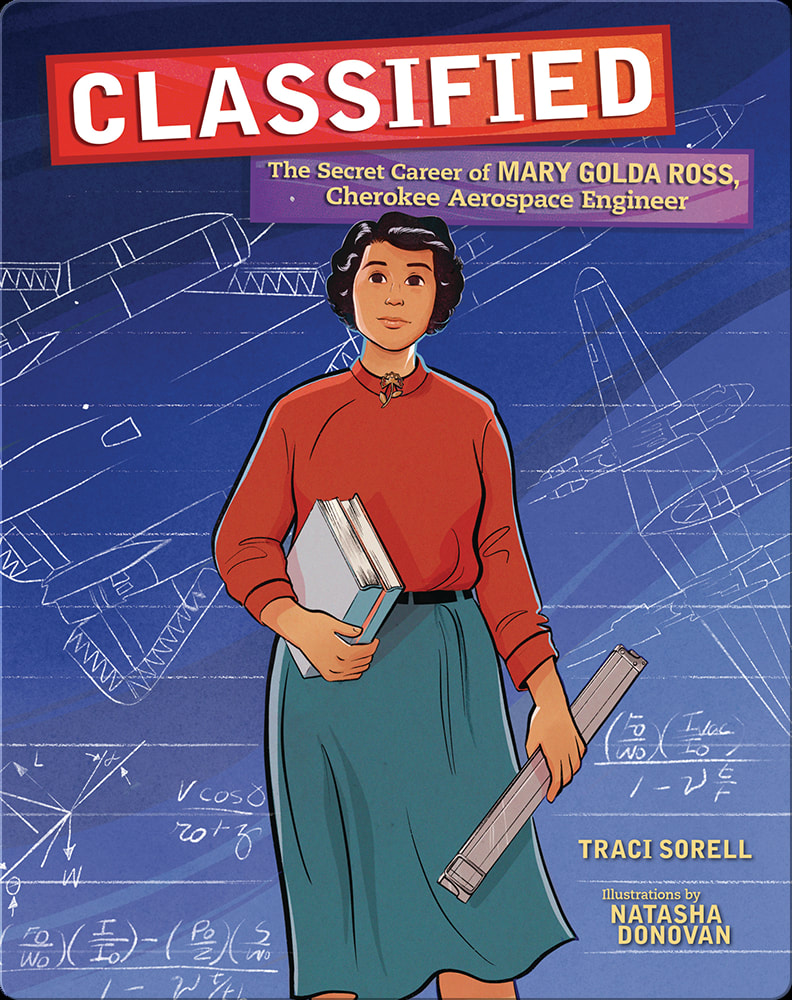 “Do the best you can and search out available knowledge and build on it,” said Mary Golda Ross in April 2008. This quote introduces and frames Classified: The Secret Career of Mary Golda Ross, Cherokee Aerospace Engineer, Cherokee author Traci Sorell’s and Métis illustrator Natasha Donovan’s 2021 picture book biography featured this month on The Biography Clearinghouse. Known as “Gold” to her family, Mary Golda Ross was a pioneer in multiple ways. A trained mathematician and educator-turned-engineer, she was the first female and the first Native American aerospace engineer in the United States. Mary’s intellect and penchant for problem-solving were invaluable as she helped research and design satellites, missiles, and rockets. Her work, much of which is still classified, was integral to the U.S. development of its aerospace program in the mid-20th century. Like many women entering traditionally male-dominated fields, Mary is considered a “Hidden Figure.” Fortified by her independence and tenacity, Mary carved out historical and professional space that had rarely—if ever—included women and minorities. And in doing so, Mary helped revolutionize our relationship with space. Independent and tenacious, Mary was the great-great-grandaughter of John Ross, the Cherokee Chief who led his people during and after they were forced to abandon their ancestral lands in the Southeast. Their migration to what is now Oklahoma, is known as the Trail of Tears. Throughout her career, Mary relied on her Cherokee values for guidance, and she credited her professional success to those values. Sorell uses these values to “bookend” Mary’s story. On the first opening spread, a red box catches the reader’s attention. Within it, Sorell informs the reader that Cherokee values are not written down, but rather passed down through generations of family members. The core values that shaped Mary’s life were “gaining skills in all areas of life (both within and out of the classroom), working collaboratively with others, remaining humble when others recognize your talents, and helping ensure equal education and opportunity for all” (p.2). These values ground the reader and serve as a preview to Mary’s life. At the conclusion of the book, Sorell returns to those values, offering readers the four values in the Cherokee syllabary, a transliteration, pronunciation, and then finally, English translation. Illustrator Natasha Donovan visually moves the reader through Mary’s life with a series of shifting images digitally rendered, ranging from close-ups of Mary’s classrooms to a bird’s eye view of her travels, zooming out to the larger vistas within her mind as she imagined and designed, zooming in on the many hands around a table working collaboratively to bring these inventions into existence. The illustrations highlight the tensions and opportunities that Mary encounters, and the role she played in an emerging field. Mary’s unique circumstances prompted her to reach out and mentor many women in science and mathematics across her long career. She traveled to high schools to mentor college bound seniors and advocate education in engineering and mathematics, and also advocated for career opportunities for fellow Native American and Alaska Natives. Across her career, Mary worked closely with so many - from scientists working in secret on cutting edge technology to young adults just beginning to build their professional identities. So far, 2021 has shown us the power and potential of science, from the COVID-19 vaccines that continue to be distributed across the globe to the ever-changing understanding of the virus’ variants. Scientists have modeled the ways in which their work is always collaborative. In contrast, 2021 has also shown us the power of the extremely wealthy to appropriate science and technology that has been developed for the benefit of the nation. The two richest men in the world, Jeff Bezos and Elon Musk, turned space travel into their personal pleasure. Was that part of Mary’s vision of interplanetary travel? Or was hers something more equitable, more in line with her Cherokee values of inclusivity and work for the common good?
Exploring ValuesFrom the first pages of the book to the last, author Traci Sorell affirms the significance of Cherokee values in Mary Golda Ross’s life. We discuss this in our interview with Traci and refer both to the red box that names Cherokee values on the verso page, as well as the information on Cherokee values in the backmatter. After reading Classified, ask students to share their understanding of what the word “values” means. Then ask students to share their understanding of the Cherokee values that are represented in the book. How do they define them in their own words? Next, ask students to make a list of the values that are important to them. Provide them with an opportunity to talk to one another in pairs or small groups about their values. How are their values similar and different from one another? How are the words they use to describe their values similar and different from one another? After they’ve had a chance to do this, allow them time to consider where their values come from. Are they influenced by the grown-ups in their lives? Their community? Their religion? Are their values influenced by their family cultural heritage(s), race, or ethnicity(ies)? How do their education influence their values, and how do their values influence their education? Finally, ask students to look again at the four Cherokee values discussed in the back matter. What connections do students see between the values discussed in their group and the Cherokee values that guided Mary’s life? Mentoring Others Mary Golda Ross was known for the mentoring work she did, supporting younger women and indigenous women entering the field of STEM. What kind of mentoring exists in your school? In the lives of your students and their families? In your community?
The Space Race as Collaboration As an aerospace engineer, Mary Golda Ross worked on the top-secret Skunk Works Project of Lockheed Martin. As Sorell writes in Classified, Skunk Works research contributed to the Apollo space missions and the eventual moon walk by U.S. astronauts in 1969. You can show students an example of her work: Planetary Flight Handbook, No. 9, NASA. What other women were involved in Space Race research? After reading Classified, provide time for students to explore these other books about the Space Race.
In Classified, Sorrell notes that “whenever Mary received awards, she always thanked her colleagues because she knew no one person deserved credit for what everyone had done together.” As students explore whichever permutation of texts you select, ask them to consider the ways in which teamwork is represented. In what ways are individuals featured? In what ways is their collective and collaborative work represented? Use this conversation as an opportunity to discuss the process of “doing science” as collaborative rather than singular work. This can also serve as a springboard to critical considerations regarding the ways inventions and scientific breakthroughs are often attributed to specific individuals instead of to the team as a whole, changing our understanding of what makes change possible. Change happens when groups of people work together over time. To see more classroom possibilities and helpful resources connected to Classified: The Secret Career of Mary Golda Ross, Cherokee Aerospace Engineer, visit The Biography Clearinghouse. Additionally, we’d love to hear how the interview and these ideas inspired you. Email us at [email protected] with your connections, creations, and questions. Mary Ann Cappiello teaches courses in children’s literature and literacy methods at Lesley University, blogs about teaching with children’s literature at The Classroom Bookshelf, a School Library Journal blog, and is a former chair of NCTE’s Orbis Pictus Award for Outstanding Nonfiction K-8.
Donna Sabis-Burns, Ph.D., an enrolled citizen of the Upper Mohawk-Turtle Clan, is a Group Leader in the Office of Indian Education at the U.S. Department of Education* in Washington, D.C. She is a Board Member (2020-2022) with the Children's Literature Assembly, Co-Chair of the Diversity, Equity, and Inclusivity Committee, and Co-Chair of the 2021 CLA Breakfast meeting (NCTE). *The views expressed herein do not necessarily represent the positions or policies of the U.S. Department of Education. No official endorsement by the U.S. Department of Education of any product, commodity, service, or enterprise mentioned herein is intended or should be inferred. FOR CLA MEMBERS
CLA Board of Directors Elections
|
Authors:
|
CLA
About CLA
|
Journal of Children's Literature
Write for JCL
|
ResourcesCLA-sponsored NCTE Position Statements
|
Members-Only Content
CLA Video Library
|
© COPYRIGHT 2018.
ALL RIGHTS RESERVED |

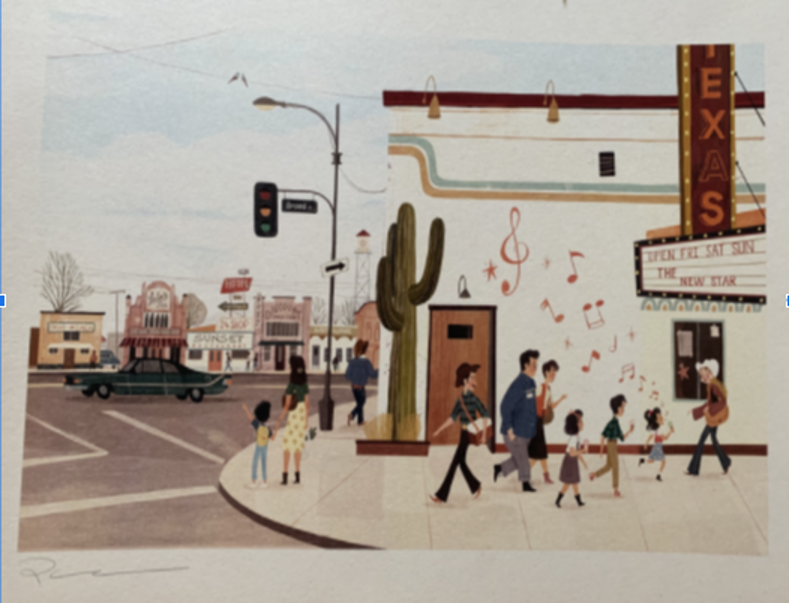
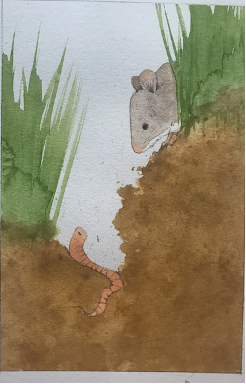
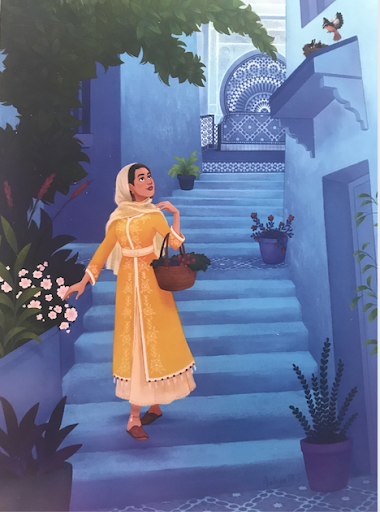
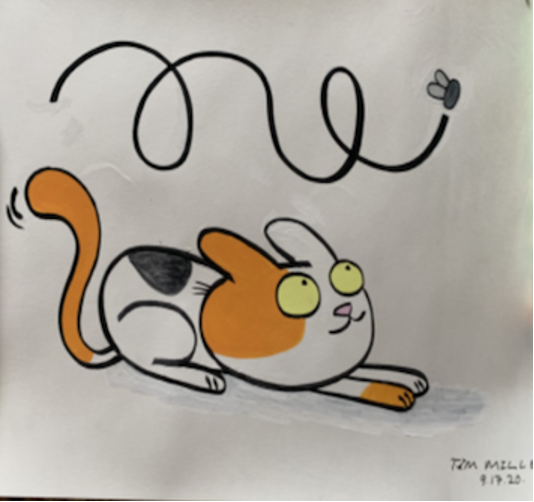
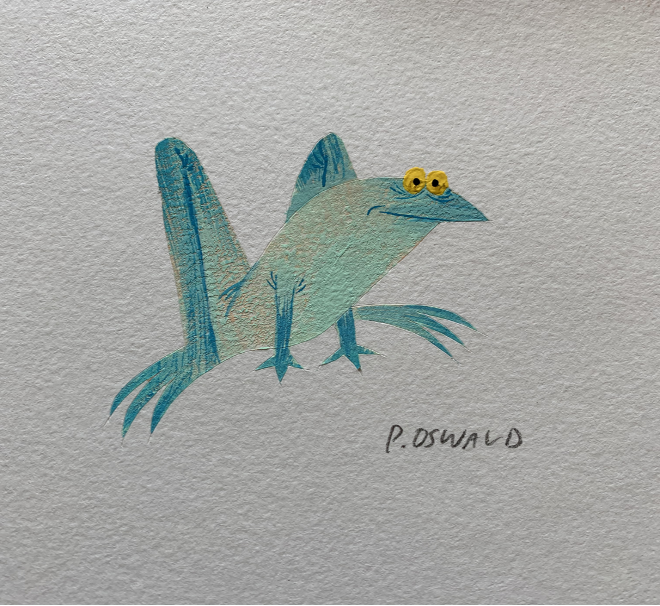
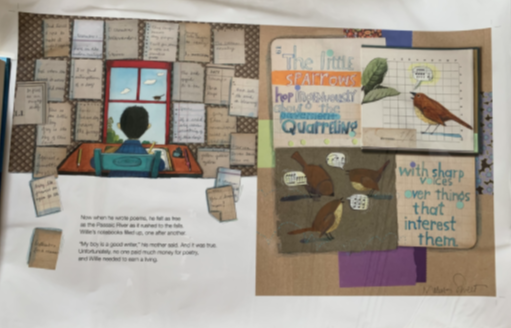
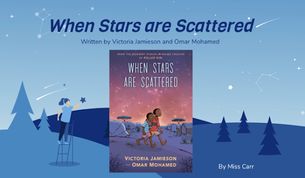
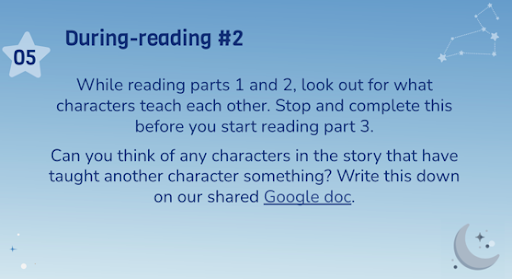
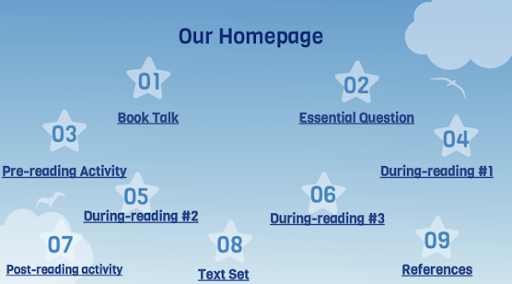
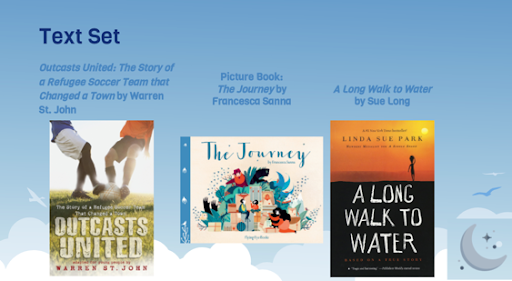

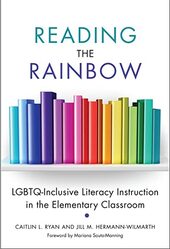
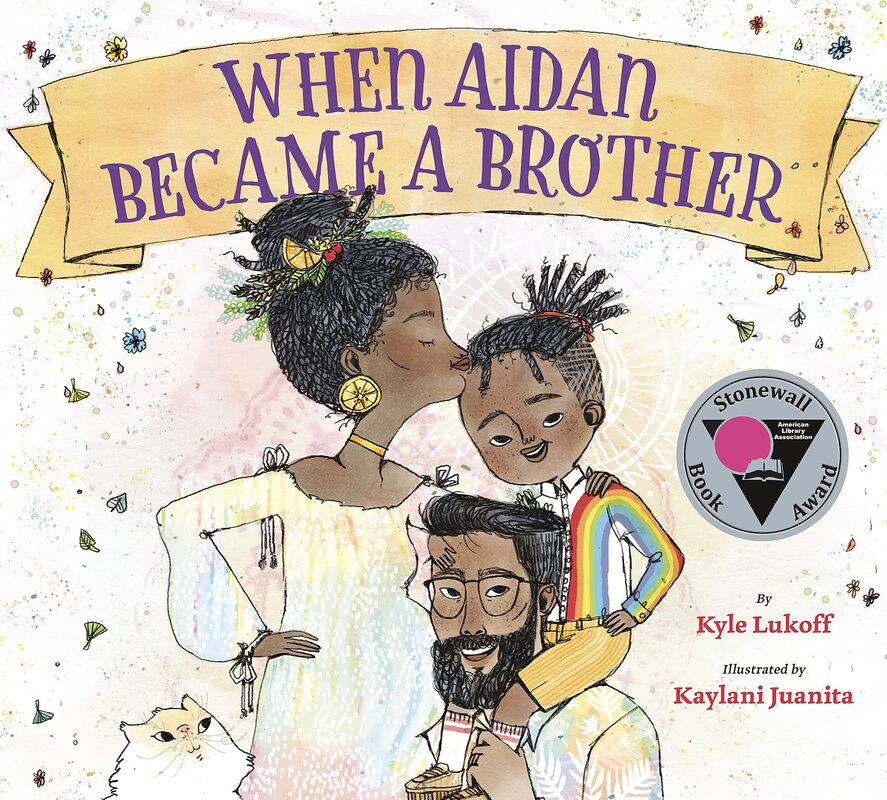
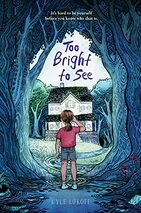
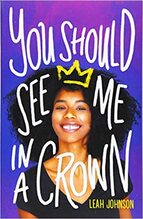
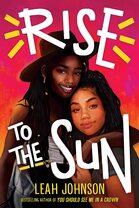
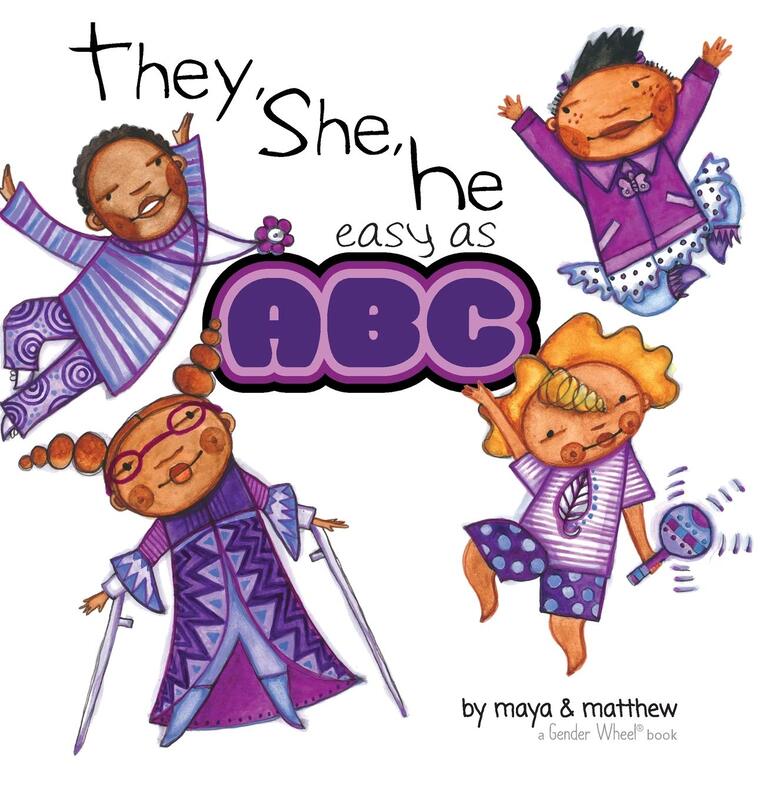
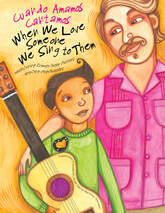
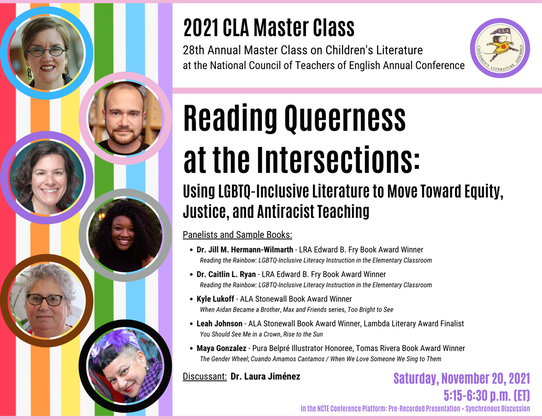


 RSS Feed
RSS Feed